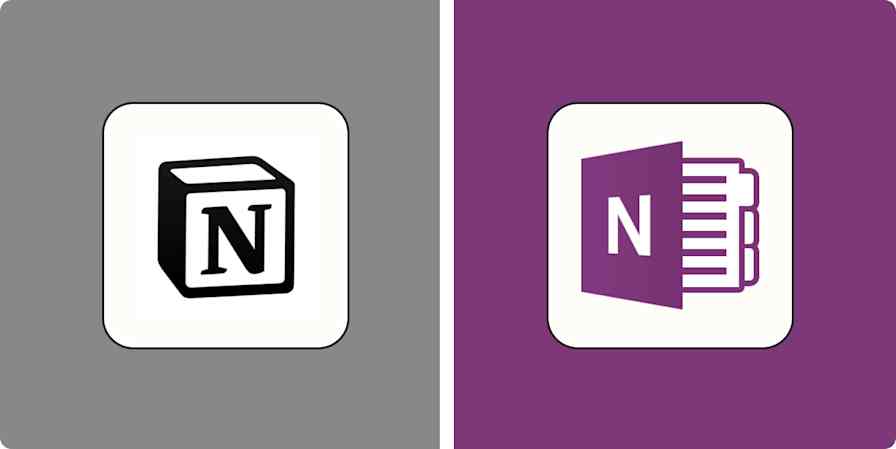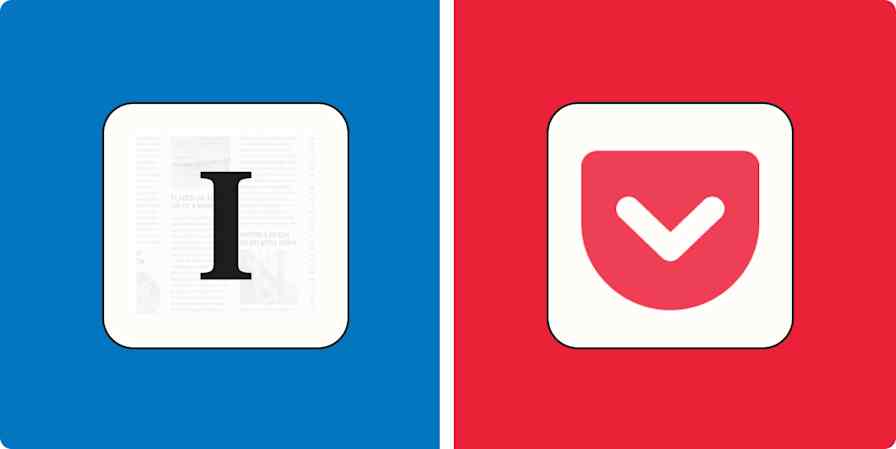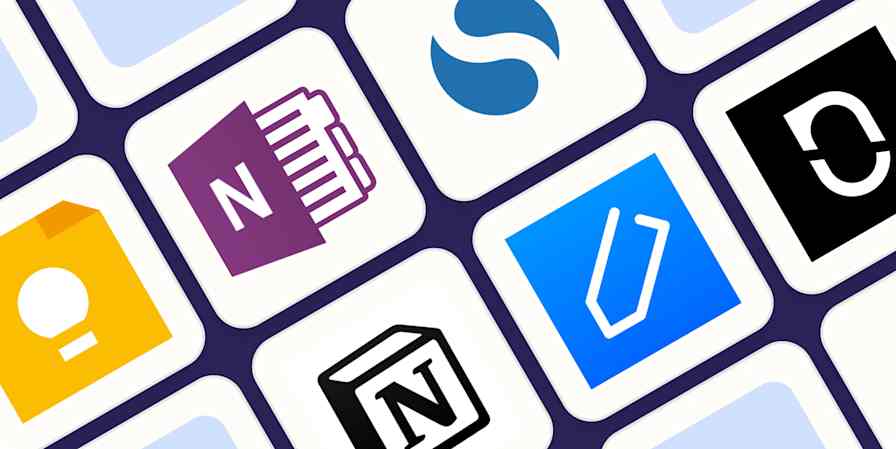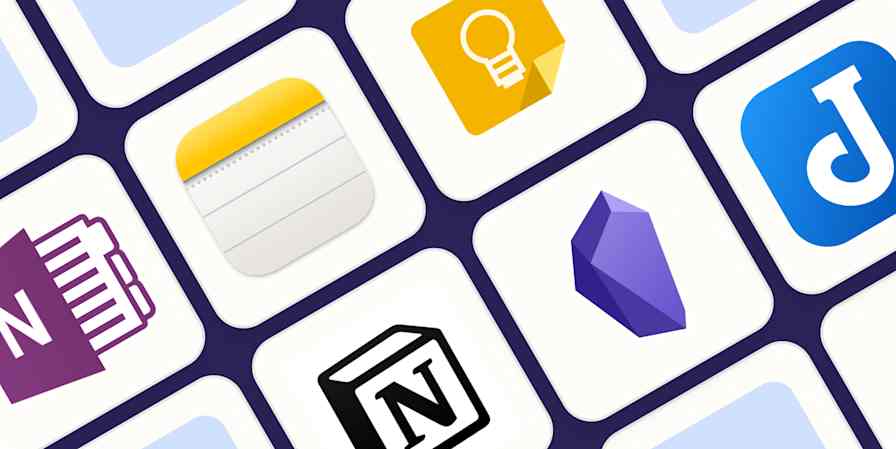App tips
18 min readRemember Everything with Evernote: 30+ of the Best Tips and Tricks
By Melanie Pinola · June 16, 2016

Get productivity tips delivered straight to your inbox
We’ll email you 1-3 times per week—and never share your information.
tags
mentioned apps
Related articles
Improve your productivity automatically. Use Zapier to get your apps working together.







